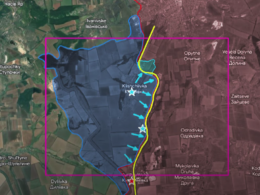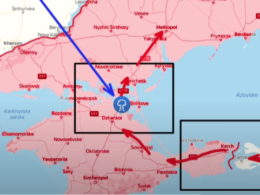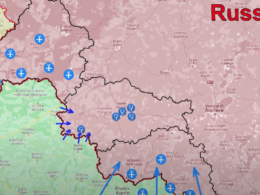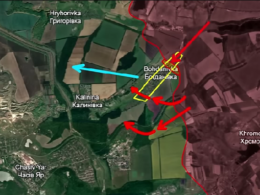Today, there is a lot of news from the skies above Ukraine. For nearly three years, Russia's Shahed drones have haunted Ukrainian skies, striking military and civilian targets alike, but that may be coming to an end.
Today, Ukrainians deployed their latest breakthrough: a powerful new laser weapon capable of blinding, burning, and even bringing down Russian drones and missiles mid-flight.
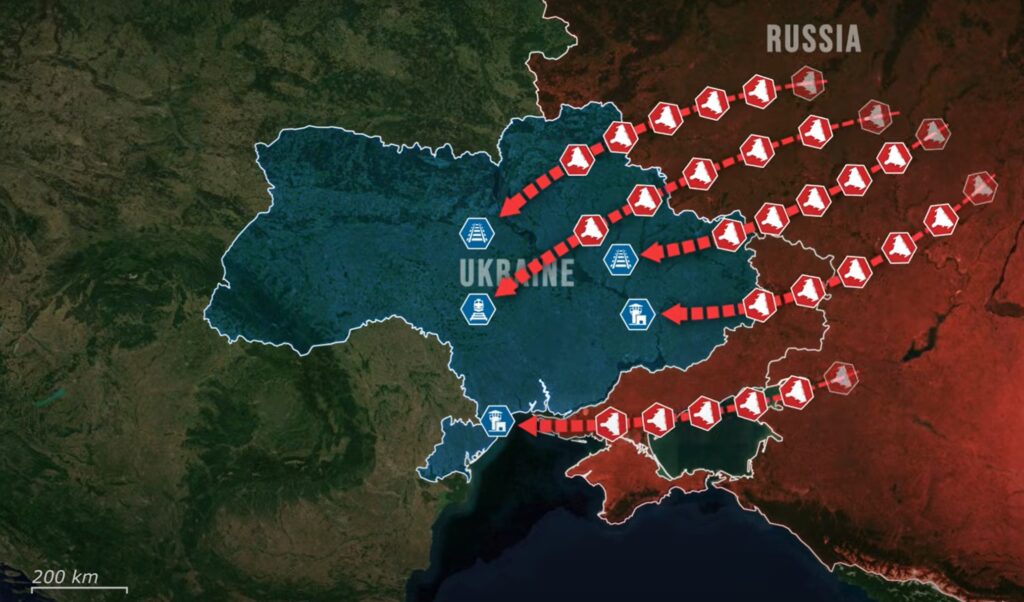
Shaheds have been used as the leading Russian strike drones for almost three years so far, and they have been used to target critical Ukrainian military and economic infrastructure, including defense industrial complexes and the Ukrainian power grid. Ukrainian Air Force figures show that since June 2024, there has been a month-on-month increase in drone attacks, with over 4,000 launched in March.

This growth has been enabled by Russia's ability to increase domestic production of a Russified version of the Iranian Shahed drone, nicknamed Geranium. Ukrainian military intelligence previously stated that Russia produced over 6,000 strike drones in 2024 and aims to increase these numbers through 2025, supplemented by a steady delivery of new Shahed drones from Iran.
Ukrainians build bold defenses
The rapidly increasing production numbers and the number of drones launched are leading Ukrainians to develop new methods of countering them effectively. Originally, a large portion of the Ukrainian defense against Shahed drones comprised mobile air defense units that utilized surplus machine guns and autocannons mounted on pickup trucks.

Operated by civilian volunteers and specialized military units, they shoot down large numbers of slow-flying Shahed drones each night. Ukrainians even implemented river patrols utilizing the same weapons and tactics on the Dnipro River to protect major Ukrainian cities along the riverbank.
Additionally, Ukrainians implemented improved electronic warfare systems with wider ranges, disrupting the navigation systems inside the drones, redirecting them away from civilian and military targets into empty fields and forests.
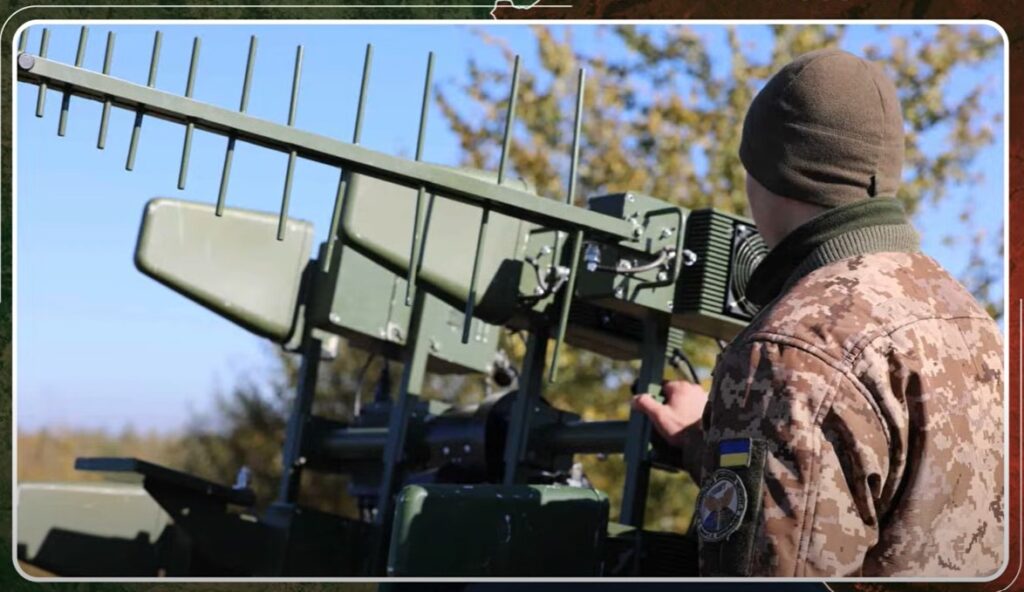
Ukrainians are also developing more advanced systems, such as new interceptor drones made to catch up to the Shaheds and take them down with a shotgun-like explosive. While the drone has not yet entered mass production, it has already downed 20 Russian Shaheds during combat testing.
Trending Now
Laser tech changes everything
However, the peak of Ukrainian development of air defense technologies is the new high-tech air defense system: Tryzub, or Trident. The laser system can destroy FPV drones, aerial bombs, crews, and ballistic missiles at a distance of 3 kilometers. Ukrainians also note that Shaheds, helicopters, fighters, and even strategic bombers can be damaged or destroyed at a distance of up to 5 kilometers.
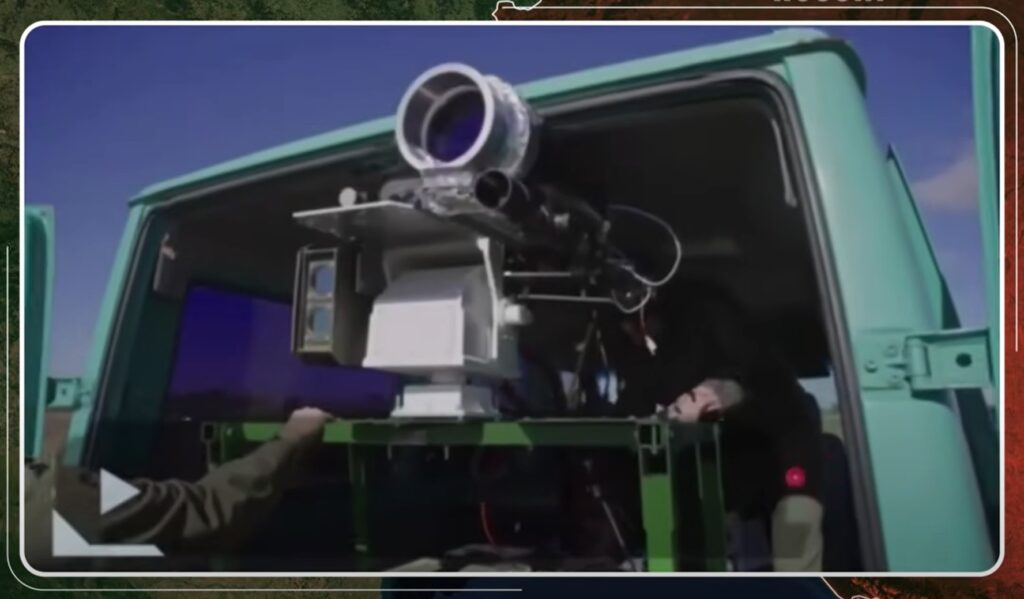
Footage of the system shows the operator station as the laser is guided to the target using a joystick. Additionally, the laser systems are capable of optical blinding to suppress drones, cruise missiles, helicopters, and other aircraft at a distance of up to 10 kilometers, disrupting the targeting systems of missiles and drones while also blinding the eyesight of manned aircraft pilots.

Colonel Vadym Sukharevskyi, the Ukrainian Unmanned Systems Forces Commander, stated that the laser can effectively shoot down drones and ensure the defense of strategic facilities and civilian residential areas. However, the most critical information—such as the power range and the configuration of the laser beam—is classified and guarded from the public, indicating its performance may be higher than reported.
The possibility of integrating automatic or AI targeting systems, like Ukrainians have done in other weapon systems, would only further increase its effectiveness, as it already stands to change the field of modern air defenses. It is unknown when the Tryzub will enter full service; however, it will undoubtedly increase Ukraine's ability to keep its skies secure.
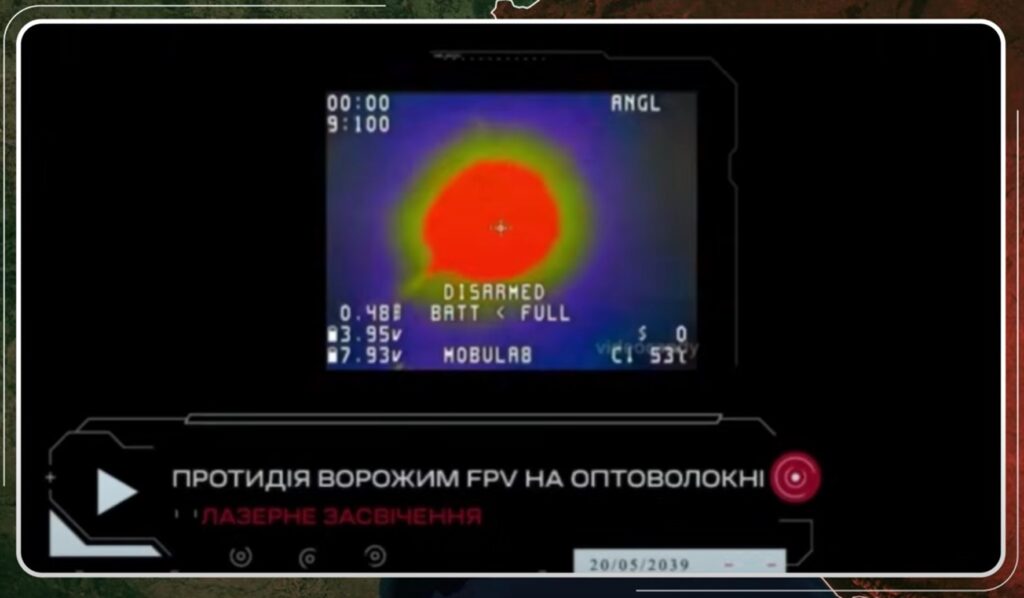
Overall, the three years of experience countering Russian drone and missile strikes have led Ukrainians to make technological breakthroughs in high-tech and even futuristic anti-drone technology. Only last week, Ukrainians destroyed 229 Shahed attack drones, 145 reconnaissance drones, and 177 drones of other types, resulting in a 90% interception rate of Russian drones.
The development of new futuristic laser weapons creates the possibility of increasing the interception rate to 100%, which could render Russian drones and missiles obsolete, eliminating a massive portion of Russian strike capabilities.
In our daily frontline report, we pair up with the military blogger Reporting from Ukraine to keep you informed about what is happening on the battlefield in the Russo-Ukrainian war.

